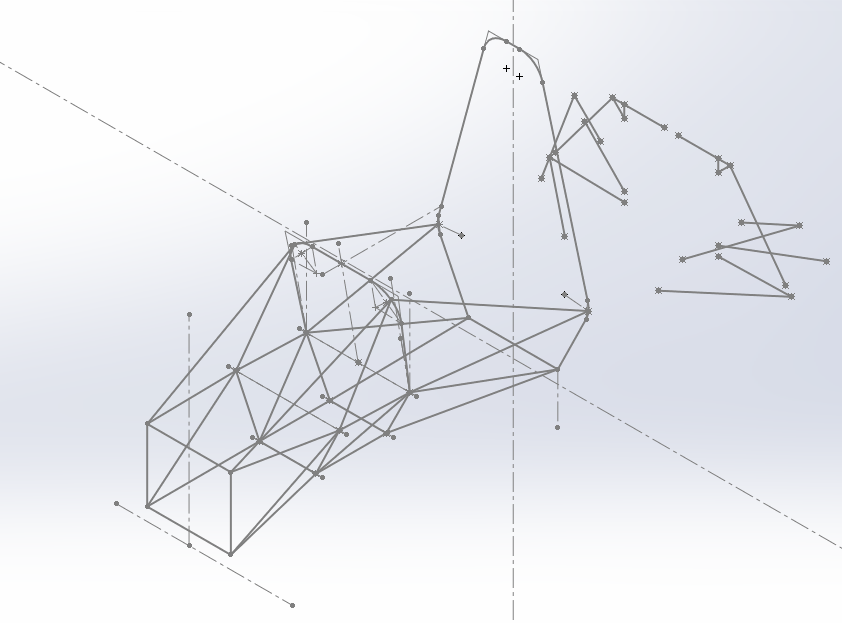Think 3D and install the shocks longitudinally, directed to the back, with the pullrod design? CoG low down and nearer to the middle of the vehicle, and shocks not interfering with the template... Just a thought.
I know, Z will hate me for the CF A-arms, pullrod, monocoque and unnecessary complexity visible in this picture


|
|




 Reply With Quote
Reply With Quote



